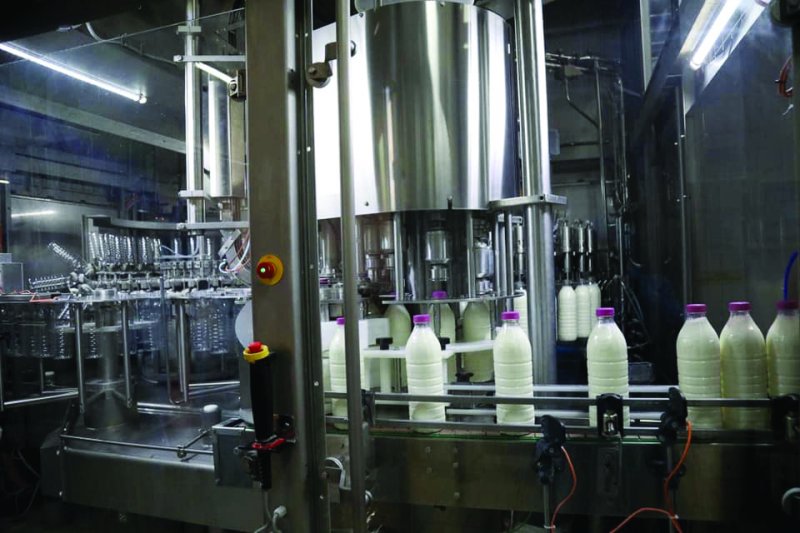Albania among Countries with Lowest Milk Production per Capita in Europe
Although Albania is the most agricultural country in Europe, with about 19% of the Gross Domestic Product (GDP), against the 2% average of the European Union, it is ranked among countries with the lowest milk production per capita in Europe.
Eurostat has published the annual data on the production of milk and its by-products in European countries, of which Albania is also a part. Our country manages to collect an average of 100-120 thousand tons of milk per year.
In relation to the population, Albania with the current capacities manages to produce an average of 41 kg of raw milk per year per citizen. Compared to the 36 countries under consideration, the amount that the country manages to cover is among the lowest.
Countries such as Ireland, Denmark, the Netherlands, Estonia are ranked first in the list in terms of milk produced per citizen per year, with figures reaching almost 1900 kg per capita per year.
-The number of cattle in Albania decreased by 30% compared to 2001
Albania produced 114 thousand tons of raw milk during 2021. In relation to the population of 2.79 million inhabitants, 3.4 kg of raw milk is produced per month.
The milk processing industry in the country is going through a difficult situation due to rising costs. Producers complain that raw materials have become more expensive, electricity is more expensive, the price of gas, oil and packaging materials has increased, which is making the processing sector more difficult every day.
Another important factor is the decline of livestock, also influenced by immigration, which has reduced the availability of raw materials. According to INSTAT data, the number of cattle has decreased by 30% since 2001, going down to about 200,000 in 2021. "The biggest problem is the lack of about 15% of raw material milk in the country.
The difficulty in finding the right amount of milk from the farms has consequently upset the price equilibrium. Today, the price at which milk is being bought at the door of the farm surpasses every country in Europe.
Let's not forget that the raw material milk is about 65% of the total cost of the final product and a change in this cost has a very big impact on the total cost", he said. Taulant Pupa, administrator of the company "Vita 2001".
The decline in production and the increase in prices from those who are the first producers of this product has caused factories to encounter difficulties in finding fresh milk. which can translate into shortages in other by-products.
These two factors have encouraged the significant increase in the prices of milk and its by-products. According to INSTAT, the Consumer Price Index for the subgroup milk, cheese and eggs recorded a record increase of 24.3% in October, compared to the same period a year ago, being the second group with the highest increase, after oil and fats.
-European Union, stability in milk production
The situation in European countries seems more stable. EU farms produced around 161 million tonnes of raw milk during 2021 or 0.7 million tonnes more than the previous year.
This stability in production is supported by high production per head from farms in Ireland at 1,888 kg/head, Denmark at 962 kg/head, the Netherlands at 879 kg/head per year.
The average milk yield per cow in the EU reached 7,682 kg in 2021, while the price of milk production in the EU increased significantly by +7.4% compared to 2020. Among other by-products, 2.3 million tons of butter were produced from 44, 4 million tons of whole milk; 10.4 million tons of cheese from 61.4 million tons of whole milk and 16.4 million tons of skimmed milk.
According to Eurostat, Germany produces the highest amount of milk, butter, yogurt and cheese compared to any other member state. The latter together with Spain, France, Italy and Poland account for about two-thirds of the milk produced in the EU in 2021.
While the Netherlands was the second largest producer of yogurt products and the fourth largest of cheese, Ireland was the third largest producer of butter and the fifth largest of yogurt.
(Source: Monitor)













